Description
hardware flow control. It is an ideal choice in the field of industrial automation.
Implementation of communication between ABC industrial robot and PLC based on DeviceNet fieldbus technology
introduction
In modern production systems, industrial robots and PLCs need to communicate and collaborate to complete production tasks. That is, the
industrial robots output signals to the PLC, allowing the PLC to control related equipment to drive the robot”s front-end tools. This article
mainly analyzes the communication problems between ABB industrial robots and PLC based on DeviceNet fieldbus technology.
DeviceNet is a common network communication method in the field of automation. ABB industrial robots establish a network to communicate with
Siemens PLC based on the DeviceNet network.
1Configure DSQC652
There are mainly 5 types of standard I/0 boards commonly used in ABB industrial robots [2]. Except for the different addresses assigned to
them during setup, their configuration methods are basically the same. This article mainly analyzes the ABB standard I/0 board DS0C652, which
mainly builds communication modules based on the DeviceNet network. The DS0C652 board has a distributed I/O module with 16 digital input and 16
digital output interfaces. The board is installed in the ABB industrial robot control cabinet. First, define the specific operation steps of the DS0C652 board,
enter the teach pendant control panel, then enter the configuration menu (Figure 1), select the DeviceNetDevice menu, and add a template to enter Figure 2.
ABB standard I/0 board is hung on the DeviceNet
network, so the address of the module in the network must be set. The jumpers 6 to 12 of terminal x5 are used to determine the address of the module.
The available address range is 10 to 63. Modify the parameters in the template parameters to complete the DS0C652 board settings. Click the drop-down
menu to select the “Use value from template” row, select
“DS0C65224VDCI/0Device”, and then the parameters that need to be set include the address of the I/0 board in the bus.
Figure 1 Configuring DSQC652
2Configure signals and parameters
After completing the DS0C652 board setting, the I/0 signal setting will be performed. Setting the I/0 signal is the basis for establishing communication with
the PLC. The PLC communicates and transmits data with the ABB industrial robot through the I/0 signal and the DS0C652 board. As shown in Figure 3, in the
signal configuration interface, there are many default I/0 points after the system is established. Modification is not allowed. Click “Add” to add signals. When setting
input and output signals, their address range is 0~15. First, enter the signal menu in the configuration options to set the input and output types, and modify the corresponding parameters.
After completing the settings, the computer prompts that you need to restart the settings. If there are multiple signals that need to be defined and the waiting time
is long after restarting multiple times, you can click “Cancel” and wait for all signals to be defined before clicking the “Yes” button to restart. After the signal settings are
completed, click to select “Input and Output” in the ABB menu to check whether all signals have been set.
Figure 2 Configure DSQC652 parameters
Figure 3 Signal parameter settings
During the signal establishment process, attention should be paid to the DSoC652 port and PLC port addresses used, and the corresponding address table should be
established, as shown in Table 1. The robot interacts with the PLC through I/O signals. During the setting process, there must be no errors in the port and address number
of the PLC connected to the DSoC652. If the address is set incorrectly, the communication between the robot and the PLC will not work properly.
The entire robot teaching pendant setting process is shown in Figure 4.
Excitation system ABB module DSQC540
Excitation system ABB module DSQC539 3HAC14265-1
Excitation system ABB module DSQC539
Excitation system ABB module DSQC532B
Excitation system ABB module DSQC518A
Excitation system ABB module DSQC513
Excitation system ABB module DSQC510
Excitation system ABB module DSQC509
Excitation system ABB module DSQC509
Excitation system ABB module DSQC508
Excitation system ABB module DSQC505
Excitation system ABB module DSQC504
Excitation system ABB module DSQC504
Excitation system ABB module DSQC503A
Excitation system ABB module DSQC501
Excitation system ABB module DSQC500 3HAC3616-1/03
Excitation system ABB module DSQC462
Excitation system ABB module DSQC417
Excitation system ABB module DSQC400E
Excitation system ABB module DSQC386
Excitation system ABB module DSQC377B
Excitation system ABB module DSQC377A
Excitation system ABB module DSQC373
Excitation system ABB module DSQC370
Excitation system ABB module DSQC369
Excitation system ABB module DSQC368
Excitation system ABB module DSQC365
Excitation system ABB module DSQC363
Excitation system ABB module DSQC361 3HAC0373-1
Excitation system ABB module DSQC361
Excitation system ABB module DSQC355A
Excitation system ABB module DSQC354
Excitation system ABB module DSQC354
Excitation system ABB module DSQC352B 3HNE00009-1/17
Excitation system ABB module DSQC352B 3HNA016493-00
Excitation system ABB module DSQC352A 3HNE00009-1/11
Excitation system ABB module DSQC352A 3HNE00009-1
Excitation system ABB module DSQC352A
Excitation system ABB module DSQC352 3HNE00009-1/07
Excitation system ABB module DSQC352 3HNE00009-1
Excitation system ABB module DSQC352
Excitation system ABB module DSQC352
Excitation system ABB module DSQC350
Excitation system ABB module DSQC350
Excitation system ABB module DSQC346U 3HAB8101-13/07A
Excitation system ABB module DSQC346U
Excitation system ABB module DSQC346G
Excitation system ABB module DSQC346G
Excitation system ABB module DSQC346E
Excitation system ABB module DSQC346B
Excitation system ABB module DSQC345E
Excitation system ABB module DSQC345E
Excitation system ABB module DSQC345B
Excitation system ABB module DSQC345A
Excitation system ABB module DSQC332A 3HAC17973-1
Excitation system ABB module DSQC332A
Excitation system ABB module DSQC332
Excitation system ABB module DSQC330
Excitation system ABB module DSQC327A 3HAC17971-1/03
Excitation system ABB module DSQC327A 3HAC17970-1
Excitation system ABB module DSQC327A
Excitation system ABB module DSQC327 3HAB7230-1
Excitation system ABB module DSQC326
Excitation system ABB module DSQC324 3HAB5957-1
Excitation system ABB module DSQC323
Excitation system ABB module DSQC322
Excitation system ABB module DSQC322
Excitation system ABB module DSQC321
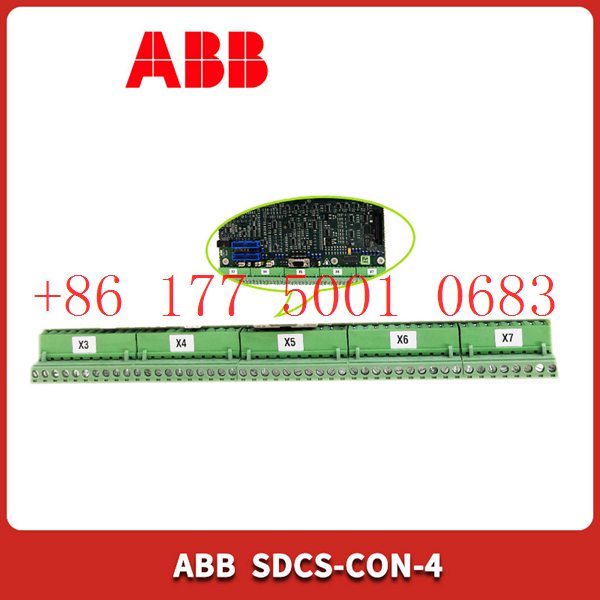
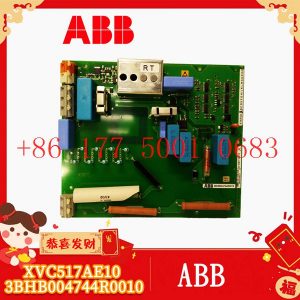
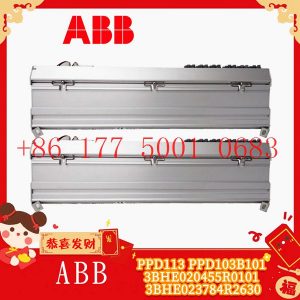
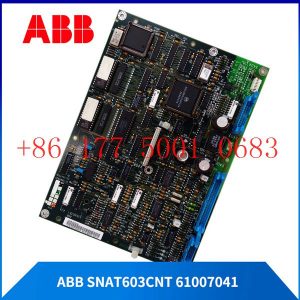
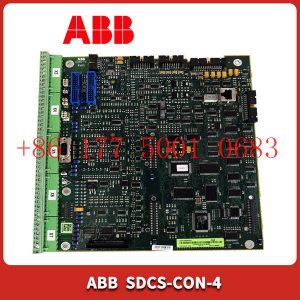




Reviews
There are no reviews yet.